Do you know about lavender? Lavender is one of the most loved herbs in the world. It is a fragrant plant with a soothing aroma, and its purple flowers bring joy to the heart. It has countless benefits and is especially famous for its use in essential oils and decoration.
Just imagine these purple blooms swaying in your garden, filling the air with calmness. Have you ever thought about how to grow lavender seeds? If yes, then stay with me as we learn step by step, in a simple and practical way, how to plant lavender seed at home.
Why Grow Lavender from Seed?
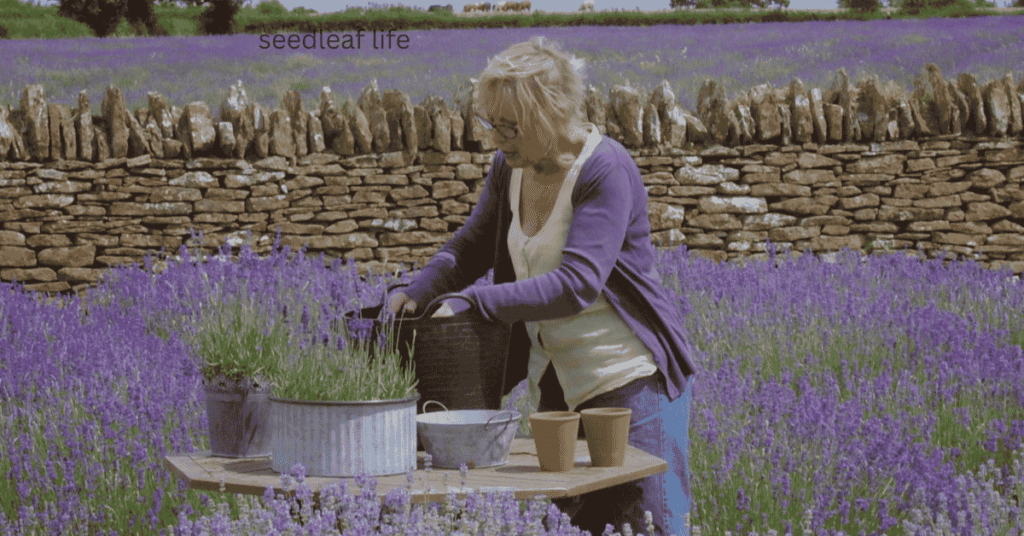
- compared to buying grown plants, growing from seeds is more budget-friendly.
- From a seed to a fully grown plant, you get to witness the entire life cycle.
- Compared to other plants, seeds offer a greater variety of option.
- In the beginning, the journey may feel a little slow, but that’s the beauty of it.
- As tiny seedlings grow, you’ll feel a natural sense of joy and peace.
- Eventually, you’ll have a plant that graces your garden for many years.
When you plant lavender seeds, you need a little patience in the beginning because it may feel very slow. But once it starts growing, it becomes a strong plant.
When I planted seeds in my own garden, I kept wondering why so many days had passed and nothing was happening. But after some more days, a tiny seedling appeared, and I felt so happy to see it.
What You Need Before Planting Lavender Seeds
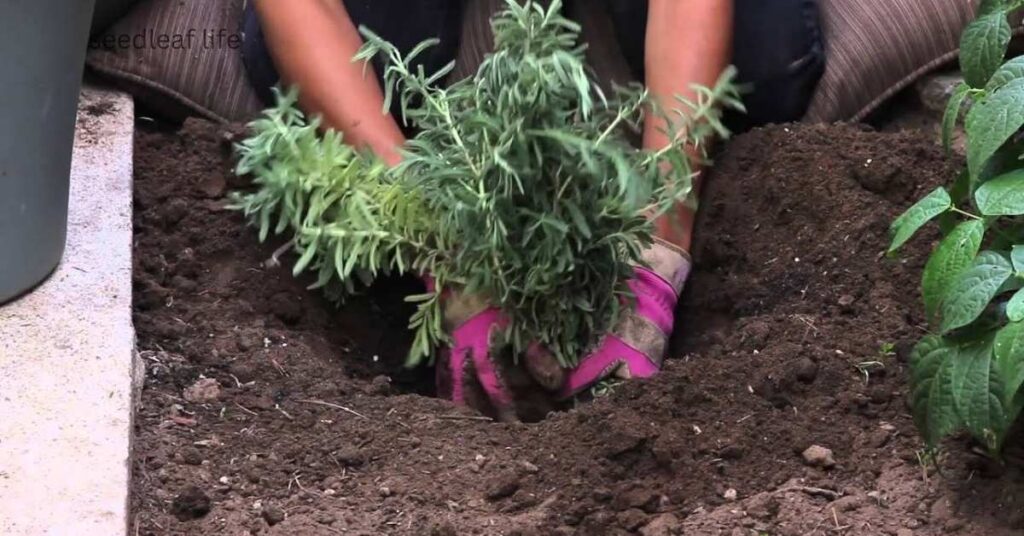
Soil Requirements
Lavender thrives in loose, sandy, well-drained soil. Heavy and wet soil can rot the roots.
One funny thing I discovered while growing lavender was that I didn’t know which soil to use. I simply took some garden soil from my backyard and pressed the seeds in.
After some time, the roots got damaged, and I felt really disheartened. My uncle, who is very passionate about plants and has good knowledge, advised me to always use a sandy mix. Since then, I never make that mistake again.”
- This small addition keeps your plant safe from root diseases.
- You’ll notice that lavender grows fresher and healthier.
- It’s like giving your plant a strong foundation to stand on.
Light and Temperature
When learning how to plant lavender seed, remember that lavender loves full sunlight. It needs at least 6–8 hours of sun daily, and seeds germinate best at 18–21 °C (65–70 °F).
Best Time to Plant
Start seeds indoors in late winter or early spring. For outdoors, wait until all frost danger has passed.
Step-by-Step Guide – How to Plant Lavender Seeds

Follow this Step-by-Step Guide to learn how to plant lavender seed easily and grow healthy, fragrant plants at home.
Step 1: Cold Stratification
Lavender seeds sprout slowly. Keep them in the fridge for 2–3 weeks before sowing to boost germination.
When I was planting how to plant lavender seed for the first time, my uncle advised me to place the seeds in a zip-lock bag with moist sand. The seeds started growing faster and healthier, and this small trick worked like magic.
- This simple trick mimics the natural winter environment.
- The seeds “wake up” and get ready to grow.
- A small effort that gives big results.
Step 2: Sowing the Seeds
- Fill trays or small pots with well-draining seed compost.
- Lightly press the seeds onto the soil surface – do not cover them, as they need light to germinate.
If you are planting lavender for the first time, let me share my experience. To keep the soil moist, use a spray bottle, because this method is safer. If the soil becomes too wet, it can damage the plant, and if it becomes too dry, that can also cause harm.
Taking gentle care of these tiny seeds is very important—just like light rain, which is always beneficial for them.
- Spraying prevents the soil from becoming too wet or too dry.
- For tiny seeds, this gentle care is essential.
- Just like light rain gives life, this water awakens them.
Step 3: Germination Process
Seeds usually take 14–28 days to germinate. Keep the soil slightly moist but never soggy. My advice is to cover the tray with a clear lid or plastic wrap so that the moisture stays locked in, and if you are wondering How to Plant Lavender Seed successfully, this simple step will help the seeds grow easily in a safe environment.
- This cover works like a mini greenhouse.
- It creates a safe environment for seeds to sprout.
- You’ll notice healthier seedlings thanks to stable humidity.
Step 4: Transplanting Seedlings
When seedlings grow 3–4 inches tall and the frost danger is gone, transplant them outdoors. Harden off plants by placing them outside for a few hours daily before permanent planting.
- This step helps the seedlings adjust to outdoor conditions.
- It’s like teaching a child to walk step by step before running.
- As a result, your plants establish stronger roots in the ground.
How to Care for Lavender After Planting
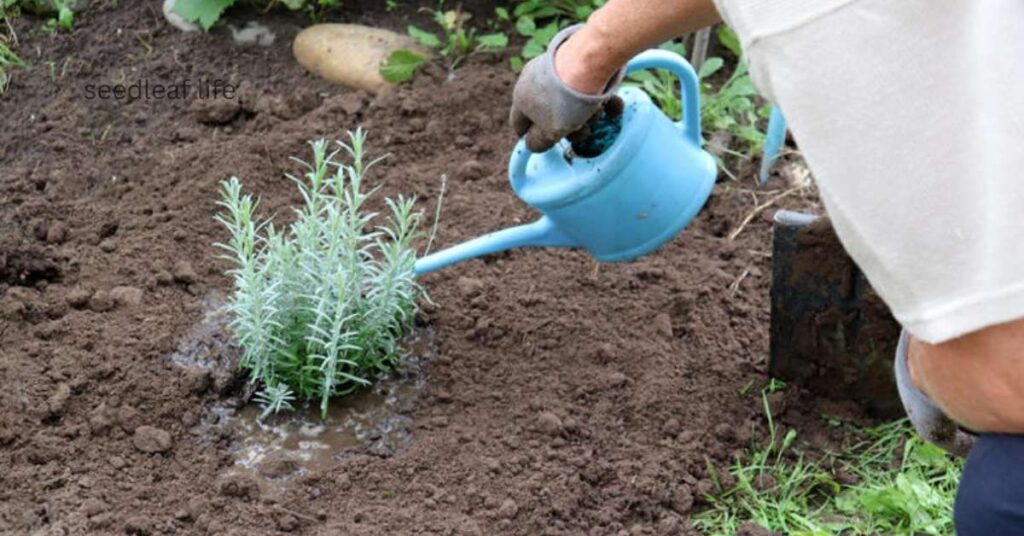
Watering
Water sparingly! Let the soil dry between watering. Overwatering is the 1 reason lavender dies.
- Lavender needs love, not drowning.
- Too much water suffocates the roots.
- With less water, it grows stronger and more fragrant.
Sunlight and Airflow
When learning how to plant lavender seed, choose a sunny, open spot with good airflow to keep your plants healthy and prevent mold.
Fertilizer
Lavender doesn’t need heavy feeding. A light compost in spring is enough.
Common Problems When Growing Lavender from Seeds
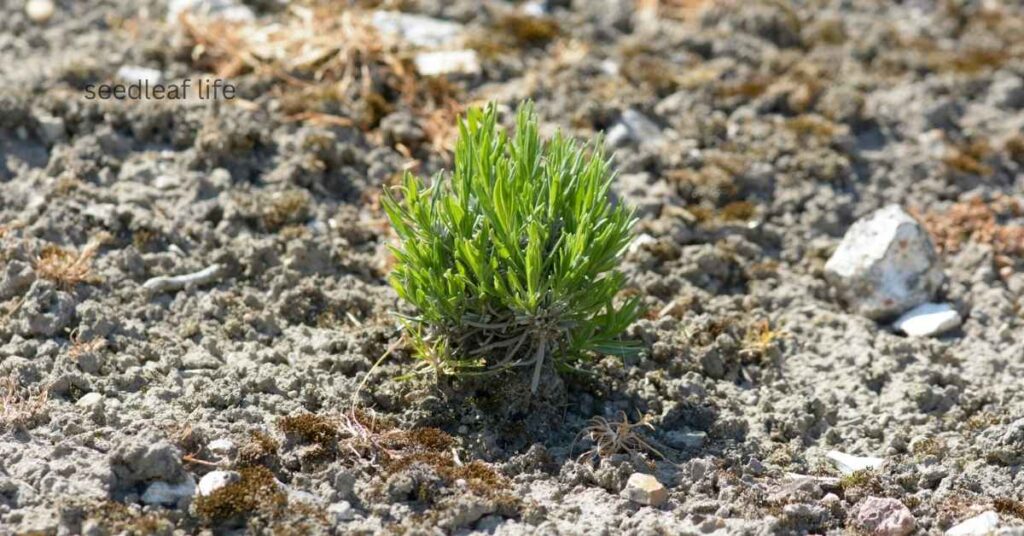
Root Rot
Caused by poor drainage. Always use sandy soil.
Pests
Rosemary beetles may attack the leaves. Hand-pick them instead of using chemicals.
Harvesting and Using Lavender
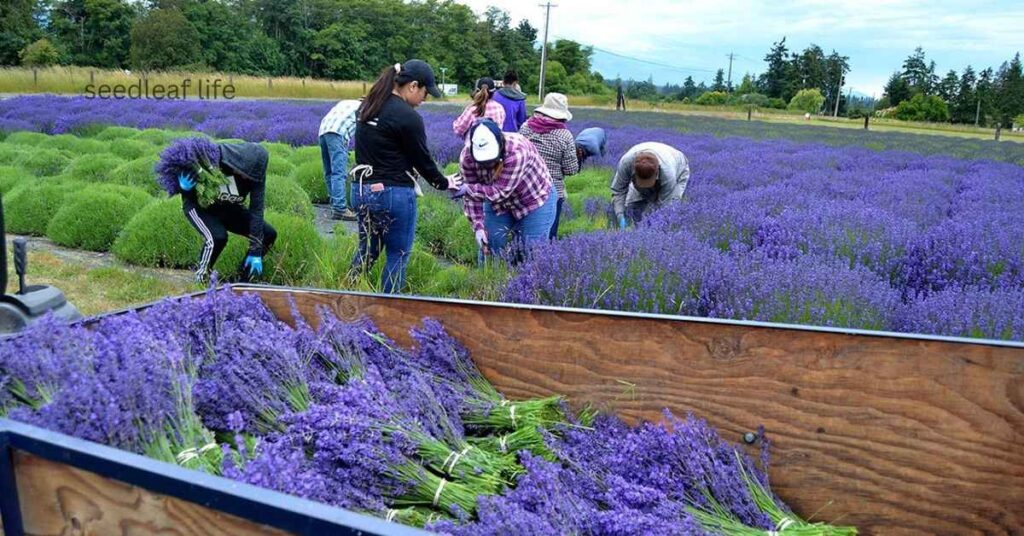
Once you learn how to plant lavender seed and your plants are thriving, it’s time to harvest the flower spikes when half the blooms are open. Use them to make relaxing teas, DIY sachets, or fragrant home decor.
When to Harvest
Cut flower spikes when about half the blooms are open – that’s when fragrance is strongest.
Drying Lavender
- Tie stems into bundles and hang upside down in a cool, dry place.
- Or use an oven or dehydrator to dry faster.
Popular Uses
- Relaxing lavender tea
- DIY sachets and soaps
- Essential oils and home décor
FAQs About Planting Lavender Seeds
Q: How long does lavender take to grow from seed?
A: Germination takes 2–4 weeks, and blooms usually appear in the second year.
Q: Is lavender annual or perennial?
A: Lavender is perennial and can live up to 10 years with proper care.
Q: Can I grow lavender indoors?
A: Yes, but make sure it gets at least 10–12 hours of sunlight daily.
Conclusion
Growing lavender from seeds may feel slow at first, but with patience, well-drained soil, and plenty of sunlight, you’ll enjoy a thriving, fragrant plant for years. Now you know exactly how to plant lavender seeds and transform your garden into a peaceful, aromatic retreat.

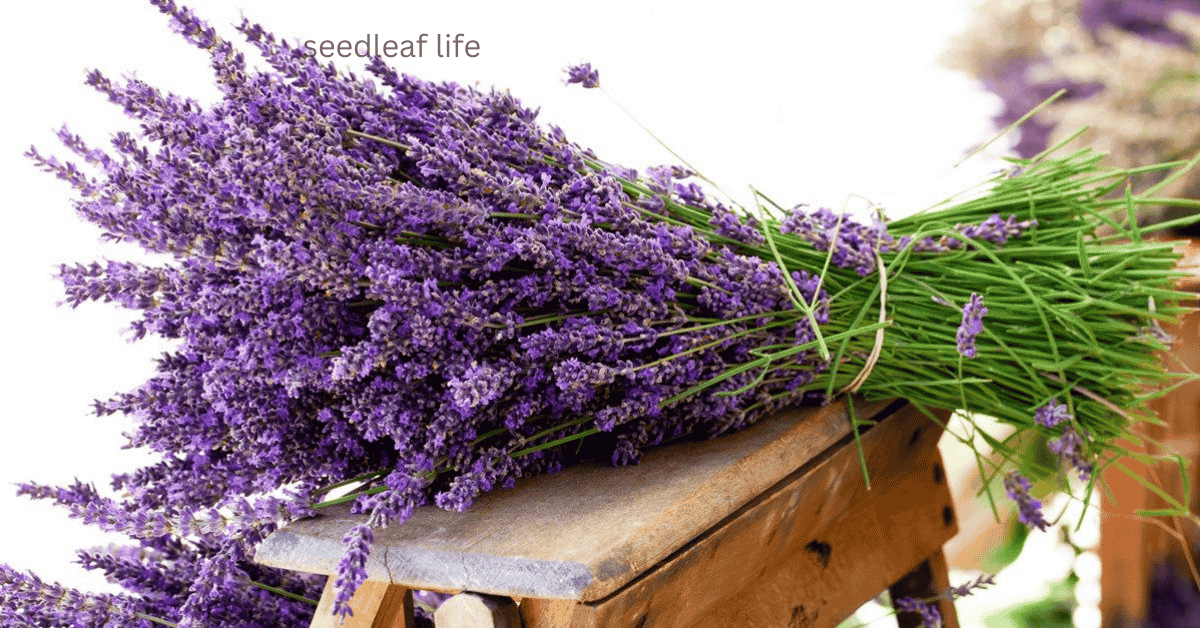
One response to “7 Proven Tips on How to Plant Lavender Seed and Care for It”
[…] the charm of my house. If you enjoy caring for plants in pots, you might also like our guide on planting lavender seeds in pots for a fragrant addition to your […]